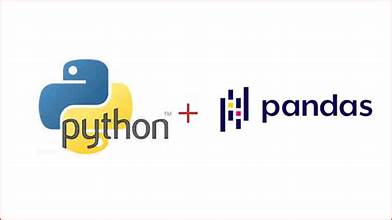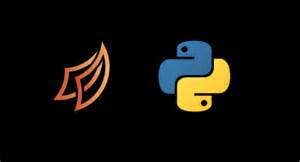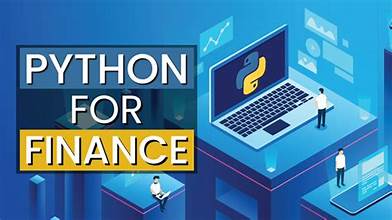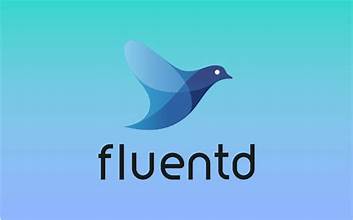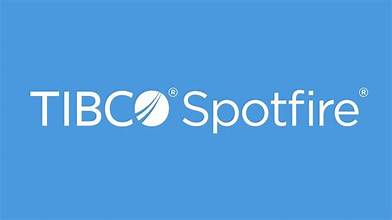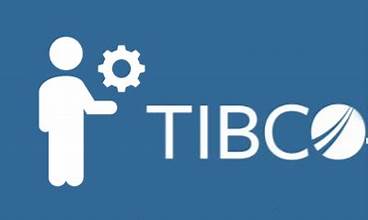About this course
Whether you are a professional data analyst or just have data to analyze, AI models like OpenAI’s GPT can help you generate everything from analytics strategies to Python code. In this course, you will learn how to use OpenAI’s models as an AI assistant directly within your own Jupyter Notebook environment. Get ready to power up your analytics workflow with AI.
Skills you’ll gain
- Write effective analytics prompts
- Connect to OpenAI using an API key
- Improve performance with API parameters
- Understand and avoid common AI pitfalls
Introduction
- Modin vs Dask vs Ray
- Overview of Modin features and architecture
- Pandas fundamentals
Getting Started
- Installing Modin
- Importing Pandas from Modin
- Defaulting to Pandas in Modin
- Supported APIs
Managing Pandas workflows using Modin
- Using Modin on a single node
- Using Modin on a cluster
- Connecting to a database (read_sql)
- Optimizing resources for Modin
Interacting with Datasets
- Reading data, dropping columns, and finding values
- Executing advanced Pandas operations
- Common issues and examples
Troubleshooting
Summary and Next Steps
Introduction
- Overview of Dask features and advantages
- Parallel computing in Python
Getting Started
- Installing Dask
- Dask libraries, components, and APIs
- Best practices and tips
Scaling NumPy, SciPy, and Pandas
- Dask arrays examples and use cases
- Chunks and blocked algorithms
- Overlapping computations
- SciPy stats and LinearOperator
- Numpy slicing and assignment
- DataFrames and Pandas
Dask Internals and Graphical UI
- Supported interfaces
- Scheduler and diagnostics
- Analyzing performance
- Graph computation
Optimizing and Deploying Dask
- Setting up adaptive deployments
- Connecting to remote data
- Debugging parallel programs
- Deploying Dask clusters
- Working with GPUs
- Deploying Dask on cloud environments
Troubleshooting
Summary and Next Steps
Introduction
- SciPy vs NumPy
- Overview of SciPy features and components
Getting Started
- Installing SciPy
- Understanding basic functions
Implementing Scientific Computing
- Using SciPy constants
- Calculating integrals
- Solving linear equations
- Creating matrices with sparse and graphs
- Optimizing or minimizing functions
- Performing significance tests
- Working with different file formats (Matlab, IDL, Matrix Market, etc.)
Visualizing and Manipulating Data
- Implementing K-means clustering
- Using spatial data structures
- Processing multidimensional images
- Calculating Fourier transformations
- Using interpolation for fixed data points
Troubleshooting
Summary and Next Steps
Introduction
Setting up the Development Environment
- Programming locally vs online: Anaconda and Jupyter
Python Programming Fundamentals
- Control structures, data types, functions, data structures and operators
Extending Python’s Capabilities
Your first Python Application
- Estimating beginning and ending dates and times
Accessing External Data with Python
- Importing and exporting, reading and writing CSV data
- Accessing data in an SQL database
Organizing Data Using Arrays and Vectors in Python
- NumPy and vectorized functions
Visualizing Data with Python
- Matplotlib for 2D and 3D plotting, pyplot, and SciPy
Analyzing Data with Python
- Data analysis with scipy.stats and pandas
- Importing and exporting financial data (Excel, website data, etc.)
Simulating Asset Price Trajectories
Asset Allocation and Portfolio Optimization
- Performing capital allocation, asset allocation, and risk assessment
Risk Analysis and Investment Performance
- Defining and solving portfolio optimization problems
Fixed-Income Analysis and Option Pricing
- Performing fixed-income analysis and option pricing
Financial Time Series Analysis
- Analyzing time series data in financial markets
Taking Your Python Application into Production
- Integrating your application with Excel and other web applications
Application Performance
- Optimizing your application
- Parallel Computing and Multiprocessing
Troubleshooting
Closing Remarks
Introduction
- The need for distributed systems logging
- The inadequacy of conventional logging solutions
Setting up Fluentd
Overview of Fluentd Features and Architecture
Configuration File Syntax
Overview of Event Workflow
Working with Fluentd Plugins
Overview of Fluentd Use Cases
Searching Data
Analyzing Data
Collecting Data
Archiving Data
Deploying Fluentd to Production
Logging and Monitoring
Managing Performance
Managing Plugins
Configuring Fluentd for High Availability
Troubleshooting
Summary and Conclusion
Introduction
Overview of TIBCO Statistica Features
- Interactive UI and workflow UI
- Analytic facilities and unique features
- Statistica Help
Getting Started with TIBCO Statistica
- Installation
- MS Office integration
- Selecting a data file
- Templates
Exploring Data Analysis Capabilities
- Commonly used statistical tests
- Elementary concepts (variables, measurement scales, relations, etc.)
- Statistical Advisor feature
Exploring Statistics Basics
- Correlations and ANOVA
- Variable bundles
- By-group analyses
- Summary results panels
Managing Data Using TIBCO Statistica
- Spreadsheet formulas
- Workspace nodes
- Managing output
- Printing, importing, and exporting
Managing Statistica Settings and Projects
- Project actions
- Customizing settings (toolbar, menus, commands)
Working with Spreadsheets, Reports, and Macros
- Using spreadsheets and workbooks
- Creating graphs and reports
- Working with macros
Exploring Advanced Analytics Topics
- Statistica Data Miner (SDM)
- Machine learning
- Engineering applications
- Design of Experiments (DOE)
Summary and Conclusion




